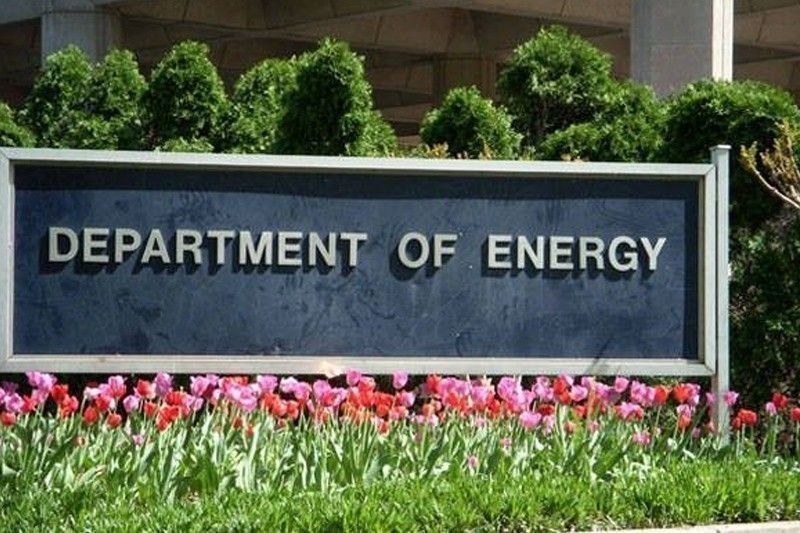DOE to issue new ESS policy

MANILA, Philippines — The Department of Energy (DOE) plans to come out by February a new policy on energy storage systems (ESS), a move seen to support further the development of renewable energy in the country.
“Based on the target timeline provided by our Electric Power Industry Management Bureau colleagues, the target issuance is on Feb. 14. Hopefully it can be signed before Feb. 14,” DOE Assistant Secretary Mylene Capongcol said.
Deadline for submission of comments and recommendations on the draft circular issued by the DOE prescribing the policy for ESS in the electric power industry is set on Feb. 3.
In 2019, the DOE issued a department circular that aims to introduce ESS technologies to serve a variety of functions in the generation, transmission and distribution of electric energy.
With the increasing influx of renewable energy plants, the DOE has found it necessary to enhance the existing policy and regulation to accommodate the development of ESS and support the renewable energy integration and grid stability.
The DOE said it also recognizes the applications and the benefits of ESS as an emerging technology in the improvement of the electric power system in accordance with the objective of ensuring the quality, reliability, security and affordability of the supply of electric power.
“With respect to renewable energy, in the course of processing all the applications for renewable energy, it has become more tedious if we do not have this kind of policy,” Capongcol said.
“So what we’re doing is come up with a single policy or clarify certain policies with regards to renewable energy because we now have renewable energy facilities that actually are powered or supported by ESS and there are certain questions, like what incentives do we avail or how do we treat the energy that is stored and dispatch from the energy storage system. So with that, I think with this, we will be able to have more clarity in the policy and even regulation,” she said.
The DOE defines ESS as a facility capable of absorbing energy generated from a renewable energy plant or from a generation facility connected to the grid or distribution system, and injecting stored energy when prompted, needed to ensure reliability and balanced power system.
ESS technologies include, but are not limited to, battery energy storage system (BESS), compressed air energy storage (CAES), flywheel energy storage (FES), and pumped-storage hydropower (PSH).
BESS is capable of storing electric energy electrochemically from which it is able to charge or discharge electric energy, while CAES uses electric energy to inject high-pressure air containers.
An FES, meanwhile, uses electric energy to accelerate a rotating mass called a rotor to store kinetic energy, while PSH uses electric energy to pump water from a lower elevation reservoir to a higher elevation reservoir.
“Again the purpose of energy storage system is to clarify and to make our renewable energy increase its generation and deployment in the grid,” Capongcol said.
“As we all know, the geopolitical happenings nationwide or worldwide has really manifested that we need to go more into renewable and to slowly meet those targets, energy storage system plays an important part in our power system,” she added.
The Philippines targets to increase the contribution of renewable energy by at least 35 percent in the total generation mix by 2030 and looking further at achieving at least 50 percent share by 2040.
- Latest
- Trending
































